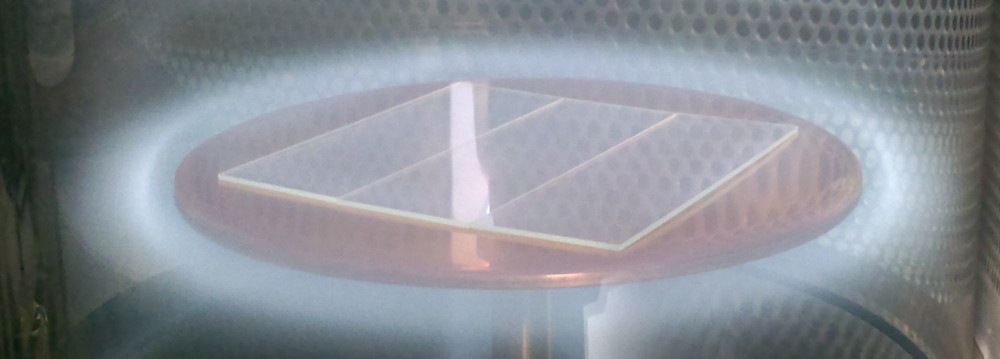Transforming agricultural productivity through innovative biomaterials platform technologies
2018 University of Adelaide Beacon Fellowship
A specific objective of this fellowship is to understand how fungal pathogens cause plant disease. My lab is designing leaf-mimicking biointerfaces that will help us to identify how fungi recognise surfaces and are induced to turn virulent. The goal of this fellowship is to develop significant proof-of-concept data to form the basis for attracting funding from other granting bodies.
Biomimetic nanomaterials for preventing devastating crop diseases
2017 University of Adelaide Fellowship
Fungal pathogens have effective and sophisticated strategies for invading plant leaves. Once settled on leaf surfaces, they search out for optimal physical and chemical environments and only then do they attempt to penetrate the leaf cuticle. But exactly how these sensed surface properties cause the cell to transform into invasive structures is largely unknown. If we can understand more about this process, we will be able to develop develop resistant crops or better fungicides. Both of these outcomes aim to improve agricultural productivity and increase world-wide food security.
Mechanisms of Interaction and Therapeutic Strategies for Polymicrobial Biofilms
2014 – 2017 NHMRC Project Grant (Peleg, Traven, Griesser, Coad)
Understanding the significance of bacterial-Candida biofilms and developing targeted strategies for their prevention or treatment is critical in the fight against hospital-acquired infections. This project leverages off our unique combination of expertise in infectious diseases, molecular microbiology and biotechnology to identify the mechanisms of interaction between bacteria and Candida in biofilms, and will apply these skills to develop much needed and more effective treatment strategies for hospital-associated infections.
Combating fungal biofilm growth on surfaces
2015 – 2018 Australian Research Council Discovery Project (Griesser, Coad, Klok, Read)
The formation of fungal biofilms on surfaces of biomedical devices leads to infections that can be life-threatening, and considerable healthcare costs. Mechanistic understanding of how the properties of a range of materials surfaces affect the effectiveness of fungal attachment will lead to the rational design and development of thin coatings that can be applied onto biomedical devices to confer resistance to fungal infections.
Order from chaos: Rational design of biointerfacing plasma polymer coatings
2016 – 2018 Australian Research Council Discovery Project (Griesser, Short, Coad, Michelmore)
Bio-interfaces are a growing field in biotechnology, healthcare and medicine, encompassing biomaterials, biosensors, devices and diagnostic tools. Advances in bio-interface design have potential to impact Australia’s economy directly by improving healthcare outcomes locally, and increasing manufacturing competitiveness globally. The Project aims to deliver new opportunities for manufacturing advanced bio-interfaces with the ability to control complex surface functionality via plasma processing.
Past Projects:
Best-defence materials for understanding and outsmarting invasive pathogens
2016 – 2017 University of South Australia, Research Themes Investment Scheme (Griesser, Plush, Brooks, Coad)
Development of responsive antifungal surface coatings.
New in-vivo technologies for preclinical assessment of novel antimicrobial drugs against wound infections
2016 – 2017 University of South Australia, Research Themes Investment Scheme (Kopecki, Cowin, Venter, Garg, Coad)
Antifungal Surfaces
2013 University of South Australia, Divisional Research Funding Scheme (Coad)
Start-up funding for proof-of-concept antifungal surface coatings.
